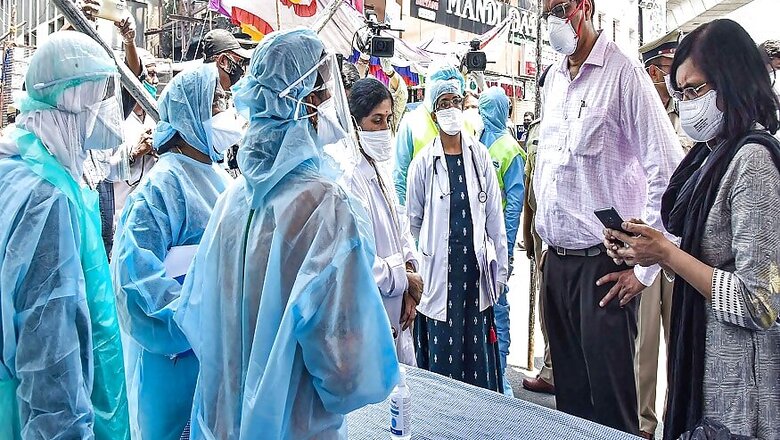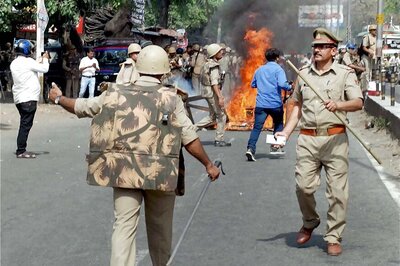
views
New Delhi: Among all the zones to be demarcated during the third phase of the national lockdown starting May 4, the containment zones, which see a high-risk of the spread of coronavirus infection, will see the maximum restrictions. The government has said these containment zones will be the most sensitive areas of the country from the point of view of the spread of COVID-19 and they will be in either red zones or orange zones.
The containment zones will be defined by district administrations taking into account the total number of active cases, geographical spread and the need to have well-demarcated perimeters for enforcement purposes.
The government in its fresh directions crucially said that residents of containment zones would have to download the Aarogya Setu app and local authorities have to ensure 100% coverage of the application. The mobile application is being used for contact tracing and citizens who download it have to feed information about their symptoms, travel and potential risk of infection or as carriers. Privacy advocates have raised questions about the legality of pushing the app among all citizens. Prime Minister Narendra Modi himself asked citizens to download the app during his last address to the nation.
The movement of people in and out of containment zones will be restricted, except for medical emergencies and for maintaining supply of essential goods and services. No other activity is permitted in containment zones.
Once an area is declared a containment zone, authorities have to undertake contact tracing, quarantining people at home or in institutions based on the risk assessment of people, such as their travel history, contact history and information on their symptoms. All patients reporting severe acute respiratory infection (SARI) and influenza-like illness will have to be tested in containment zones and there will be house-to-house surveillance as per protocols laid down by the Union Ministry of Health and Family Welfare.
As per the ministry, an area of 3km radius and 5km buffer zone has to be demarcated in a containment zone after a cluster of cases is identified. The house-to-house surveillance has to be completed by ASHA health workers who will screen for clinically suspect cases and spread awareness on prevention of the infection.



















Comments
0 comment